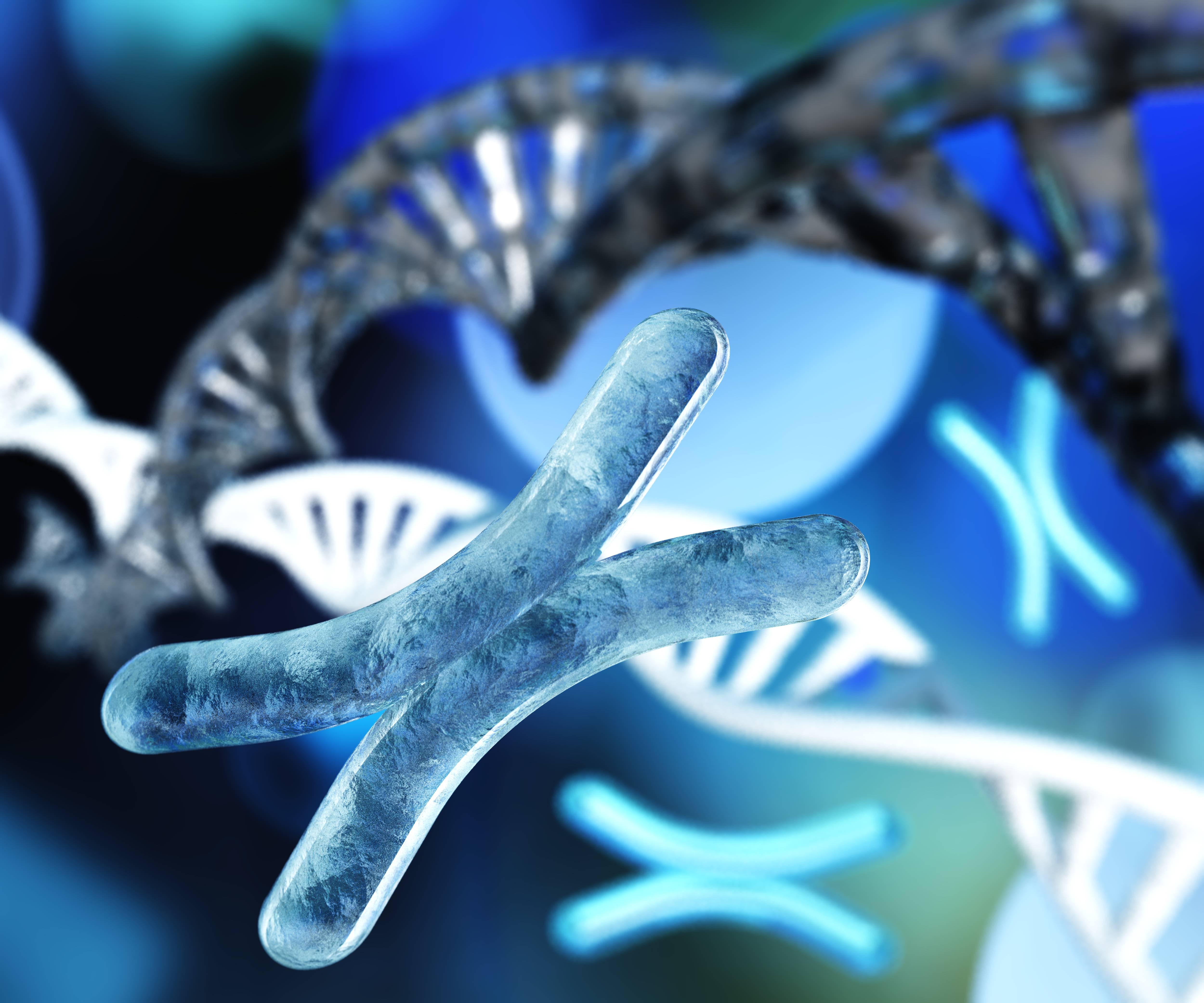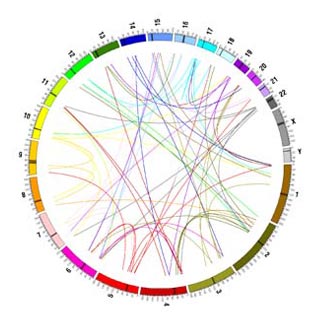

Then, just as the team was finding its footing, the pandemic struck.īut COVID-19 didn’t stop their progress. Together with Adam Phillippy, a computational biologist at the National Human Genome Research Institute, Miga launched the Telomere-to-Telomere (T2T) consortium in 2018 to finally sequence every last nucleotide of human DNA. As DNA sequencing technologies enabled researchers to read longer and longer stretches of the genome in one go, Miga could see that scientists were inching closer to the possibility of cracking the problem open. (Without a sequence, how could you tell?) Over the years, Miga continued to push the genomics field to complete the project they had started so many years before. The problem nagged at Miga, in part because she didn’t believe that the regions were as unimportant as some geneticists thought.

At the time, scientists couldn’t sequence heterochromatin, so despite the celebratory hubbub and champagne toasts, almost 10% of the genome went unsequenced. But Miga specialized in heterochromatin, the tightly packed sections of DNA with highly repetitive sequences near the ends (telomeres) and centers (centromeres) of chromosomes. The HGP was able to sequence the 90% of human DNA that geneticists call euchromatin, which is loosely folded and contains nearly all of the genes that are actively making proteins. But Karen Miga, a geneticist now at the University of California, Santa Cruz and the associate director of the UCSC Genomics Institute, knew that while the work might have wrapped up, the sequencing was far from complete. By 2001 the Human Genome Project (HGP) had prepared a rough draft, and in April 2003, the draft sequence was declared finished. In 1990, an international team of scientists began an ambitious attempt to sequence the human genome.


 0 kommentar(er)
0 kommentar(er)
